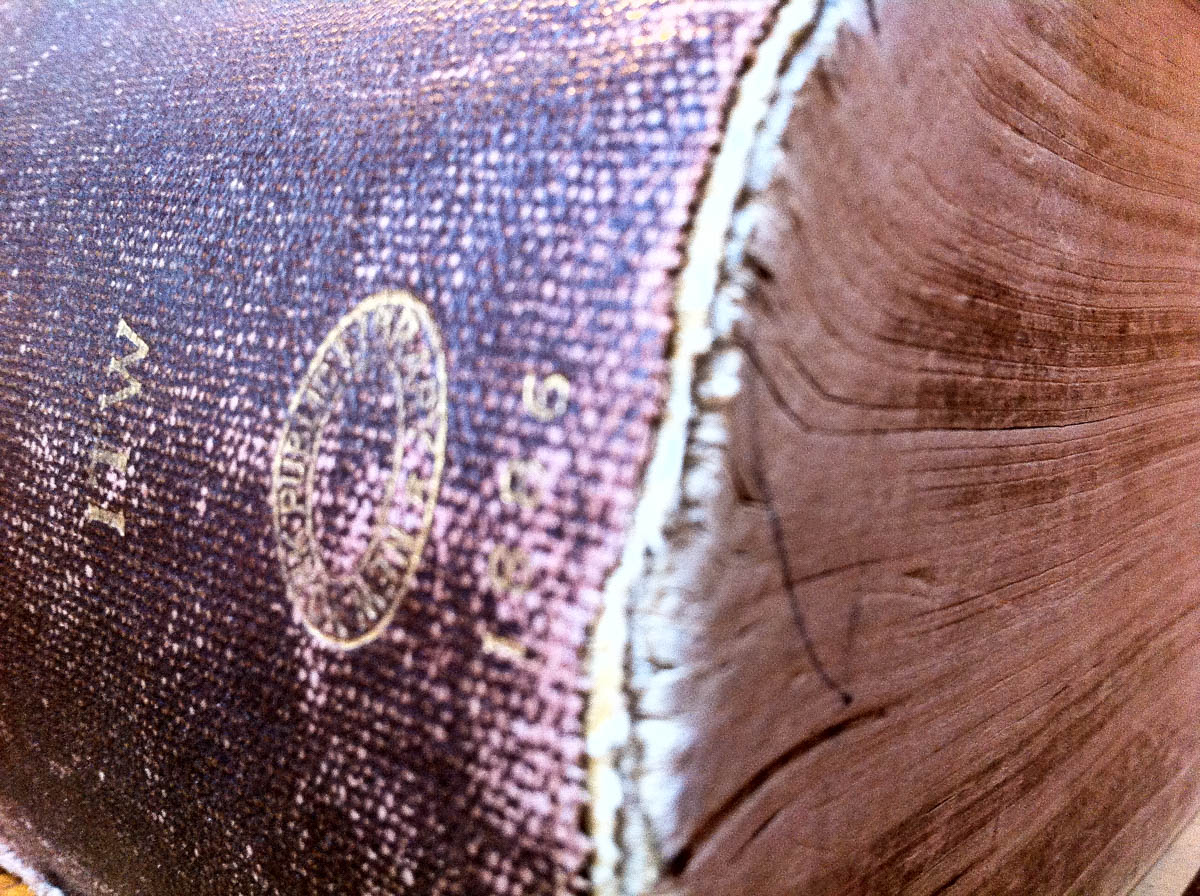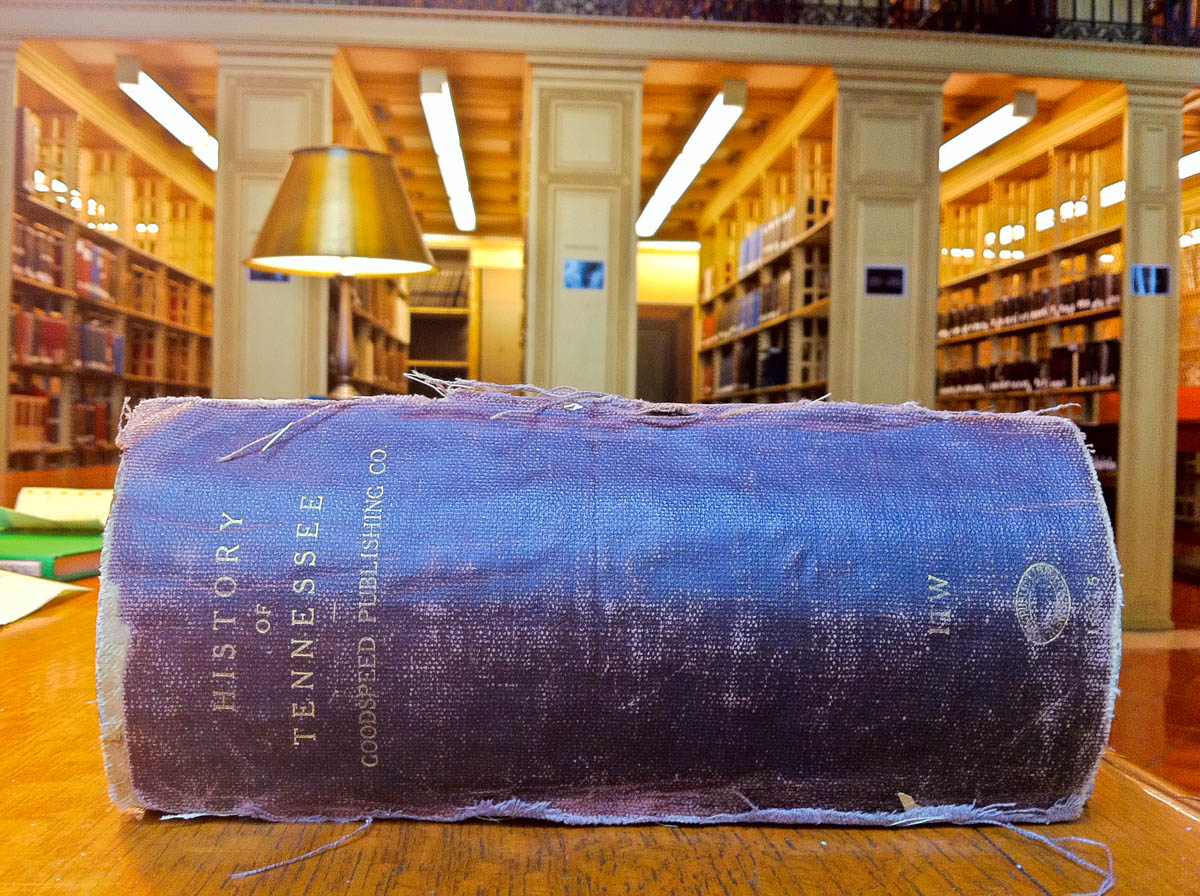The Union in the South

One of the exciting things about the research behind Jordan’s Journey was the opportunity to learn about topics I had never explored before. One such subject was the Civil War. Like most things we learn in history class growing up, the Civil War is glossed over and never examined as closely as it should be. Most of us have an oversimplified impression of the war as being about the North versus the South and slavery versus freedom. The reality, however, is that the story is much more complicated than that. In terms of Jordan’s Journey, I learned that not only were there military regiments from southern states who fought for the Union, but I realized that several people from different family lines in my tree fought for those regiments–including a 2nd great grandfather on Mom’s side and a 3rd great grandfather on Dad’s side. It was a surprise to uncover this, as the family had long forgotten it.
In my Anderson family, my 2nd great-grandfather Abraham Anderson fought for the Union in Tennessee’s 5th Mounted Infantry regiment. You can read more about Abraham in the book, but I want to share more about Tennessee’s involvement with the Union.
Goodspeed’s History of Tennessee (pictured above and below), published in 1886, states:
“No fact connected with the late civil war, abounding in striking events and gigantic achievements, is more remarkable than the number of troops furnished by Tennessee to the Federal Army. It is scarcely credible that a State with a voting population of only about 140,000, raising nearly 100,000 troops for the Confederate Army, should also have furnished 30,000 men to fight for the Union. It becomes still more remarkable to consider that a very large population of this 30,000 came from a division of the State, having a male population between the ages of twenty and fifty, of only 45,000; and that unlike the volunteer from the Northern States, the Union soldier from Tennessee was not tempted to enlist by a munificent State bounty, nor impelled by the force of public opinion, but on the contrary, to do so, he was forced to escape from an enemy’s watchful guard at night and, leaving his home and all he held dear to the mercy of a hostile foe, make his way across the bleak and cheerless mountains, to the Union camps in Kentucky” (Goodspeed 477).

Check out the TNGenWeb Project for more about Goodspeed’s History of Tennessee.
Tennessee was not the only southern state with factions who fought for the Union. In my Holcomb line, my 3rd great-grandfather Francis Marion Holcomb fought for the Union in Arkansas–a story told in detail in Jordan’s Journey (UPDATE: and in my video). The confederacy had a far greater stronghold in my home state of Georgia and seems to have had only one Union regiment (the First Battalion Infantry).
My family’s Civil War story alone is divided and conflicted enough that no trace of my Union ancestors survived the generations (and, in the Holcomb line, his identity was forgotten completely). I am only in the early stages of learning about my family’s wartime experience. But if one thing has become clear, it’s that family history, just like our broader national history, is not black and white. And I find those areas of gray most interesting to explore.
If your family lived in this country during the War Between the States, it’s worth digging into your Civil War story. You may well be surprised with what you find. Not sure where to get started? Drop me a line, and I’ll help you figure it out.

SOURCES
Goodspeed, Weston A., et al. History of Tennessee from the Earliest Time to the Present. Nashville, TN: Goodspeed, 1886. Print. NYPL.
Take a trip into the past
Thanks for visiting the Jordan's Journey blog archive. These posts have been made available here for continued reference and research purposes.
The original book is available to order from our shop or your favorite bookseller.
For questions or other inquiries: get in touch.

